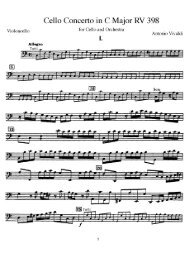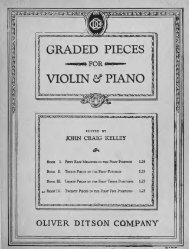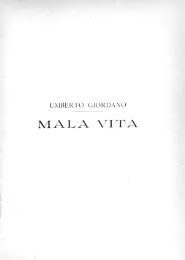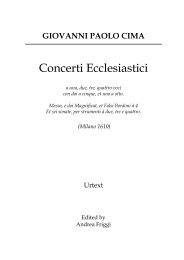- Page 1: MUSICALCOMPOSITIONA SHORT TREATISE
- Page 6 and 7: OB&PTDCONTENTS.AQ_I. INTRODUCTORY 1
- Page 9: INTRODUCTORY 3and should be kept wh
- Page 13 and 14: TECHNIQUE 7Harmony which results fr
- Page 15: TECHNIQUE 9or, in slightly more orn
- Page 20 and 21: 14 MUSICAL COMPOSITIONIf < = the gr
- Page 22 and 23: 16 MUSICAL COMPOSITIONPerfect fifth
- Page 24 and 25: 18 MUSICAL COMPOSITIONto tackle eit
- Page 26 and 27: 20 MUSICAL COMPOSITIONsense of mono
- Page 28 and 29: 22 MUSICAL COMPOSITIONtbe engines o
- Page 30 and 31: 24 MUSICAL COMPOSITIONThe accent of
- Page 32 and 33: 26 MUSICAL COMPOSITION(4) _ ~ > •
- Page 34 and 35: 28 MUSICAL COMPOSITIONA~ltJgptJ~"ji
- Page 37 and 38: RHYTHM 31rhythmical phrases on a la
- Page 39 and 40: CHAPTER IVMELODIES AND THEIR SIMPLE
- Page 41 and 42: MELODIES AND THEm TREATMENT 35Walth
- Page 43 and 44: MELODIES AND THEIR TREATMENT 37it i
- Page 45 and 46: MELODIES AND THEIR TREATMENT 39Anot
- Page 47 and 48: MELODIES AND THEm TREATMENT 414. F,
- Page 49 and 50: MELODIES AND THEIR TREATMENT 43" ,
- Page 51 and 52: MELODIES AND THEIR TREATMENT 45Moza
- Page 53 and 54: MELODIES AND THEm TREATMENT 47influ
- Page 55 and 56: CHAPTER VTHE COMPLEX TREATMENT OF M
- Page 57 and 58: MELODIES AND VARIATIONS 51Bach's Or
- Page 59 and 60: MELODIES AND VARIATIONS 53took, and
- Page 61 and 62: MELODIES AND VARIATIONS 55This is o
- Page 63 and 64: MELODIES AND VARIATIONS 57From this
- Page 65 and 66: MELODIES AND VARIATIONS 59I'Ihort r
- Page 67 and 68:
MELODms AND VARIATIONS 61persistent
- Page 69 and 70:
MELODIES AND VARIATIONS 63semi brev
- Page 71 and 72:
MELODIE~ AND VARIATIONS 65is used a
- Page 73 and 74:
MELODIES AND VARIATIONS 67elaborate
- Page 75 and 76:
MELODIES AND VARIATIONS 69Then begi
- Page 77 and 78:
MELODIES AND VARIATIONS 71in the ba
- Page 79 and 80:
MELODIES AND VARIATIONS 73tell upon
- Page 81 and 82:
FORM 75means by which unity and pro
- Page 83 and 84:
FORM 77until he can deal with symph
- Page 85 and 86:
FORM 79to copying the shape and the
- Page 87 and 88:
FORM 81The first and second subject
- Page 89 and 90:
FORM 83Before analysing further we
- Page 91 and 92:
Bars.64-66.57-64.M,65.66,67.68-71.F
- Page 93 and 94:
FORM 87cross-rhythm, so as to gradu
- Page 95 and 96:
FORM 89Make the phrases of the firs
- Page 97 and 98:
FORM 91This is a trap which caught
- Page 99 and 100:
FORM 93sonata form, first by follow
- Page 101 and 102:
CHAPTER VIICOLOURTONE-COLOUR, which
- Page 103 and 104:
COLOUR 97triumphantly, in spite of
- Page 105 and 106:
COLOUR 99now ready to his hand, suc
- Page 107 and 108:
COLOUR 101when the experience is sm
- Page 109 and 110:
. COLOUR 103Composers will learn th
- Page 111 and 112:
COLOUR 105(c) The tendency of the d
- Page 113 and 114:
COLOUR 107to them in this capacity
- Page 115 and 116:
COLOUR 109full (without being overl
- Page 117 and 118:
COLOUR 111unless he was qualifying
- Page 119 and 120:
COLOUR 113-- ------- =i--_-_ -aT-.r
- Page 121 and 122:
COLOUR 115(3) The methods of contra
- Page 123 and 124:
..4U~gro.-pVIOL. L ~:::COLOUR 117
- Page 125 and 126:
COLOUR 119may be appreciated by ima
- Page 127 and 128:
COLOUR 121first movement, which are
- Page 129 and 130:
COLOUR 123generally keeping the str
- Page 131 and 132:
COLOUR 125Throughout the trio the s
- Page 133 and 134:
CHAPTER VIIITHE TREATMENT OF VOICES
- Page 135 and 136:
THE TREATMENT OF VOICES 129song is
- Page 137 and 138:
THE TREATMENT OF VOICES 131example
- Page 139 and 140:
THE TREATMENT OF VOICES 133down wit
- Page 141 and 142:
THE TREATMENT OF VOICES 135the main
- Page 143 and 144:
THE TREATMENT OF VOICES 137M eeres-
- Page 145 and 146:
THE TREATMENT OF VOICES 139Such "st
- Page 147 and 148:
THE TREATMENT OF VOICES 141is made
- Page 149 and 150:
THE TREATMENT OF VOICES 143tion und
- Page 151 and 152:
THE TREATMENT OF VOICES 145is setti
- Page 153 and 154:
THE TREATMENT OF VOICES 147of Beeth
- Page 155 and 156:
THE TREATMENT OF VOICES 149teo-====
- Page 157 and 158:
THE TREATMENT OF VOICES 151here wit
- Page 159 and 160:
THE TREATMENT OF VOICES 153declamat
- Page 161 and 162:
CHAPTER IXEXTRANEOUS INFLUENCES IN
- Page 163 and 164:
INFLUENCES IN INSTRUMENTAL MUSIC 15
- Page 165 and 166:
INFLUENCES IN INSTRUMENTAL MUSIC 15
- Page 167 and 168:
INFLUENCES IN INSTRUMENTAL MUSIC 16
- Page 169 and 170:
INFLUENCES IN INSTRUMENTAL MUSIC 16
- Page 171 and 172:
CHAPTER XDANGER SIGNALSIN the intro
- Page 173 and 174:
DANGER SIGNALS 167often insensibly
- Page 175 and 176:
DANGER SIGNALS 169stage is the lett
- Page 177 and 178:
DANGER SIGNALS 171of all, the silen
- Page 179 and 180:
DANGER SIGNALS 173instruments to en
- Page 181 and 182:
DANGER SIGNALS 175he uses them, the
- Page 183 and 184:
DANGER SIGNALS 177(§ 9) The danger
- Page 185 and 186:
DANGER SIGNALS 179and indefinite a
- Page 187 and 188:
DANGER SIGNALS 181young composer, w
- Page 189 and 190:
DANGER SIGNALS 183delicately handle
- Page 191 and 192:
DANGER SIGNALS 185When long passage
- Page 193 and 194:
DANGER SIGNALS 187in itself indecen
- Page 195 and 196:
DANGER SIGNALS 189mixing of them an
- Page 197 and 198:
Accent and quantity, 23, 24, 129-13
- Page 199:
Themes, contrast of, 89.Tonality, 3


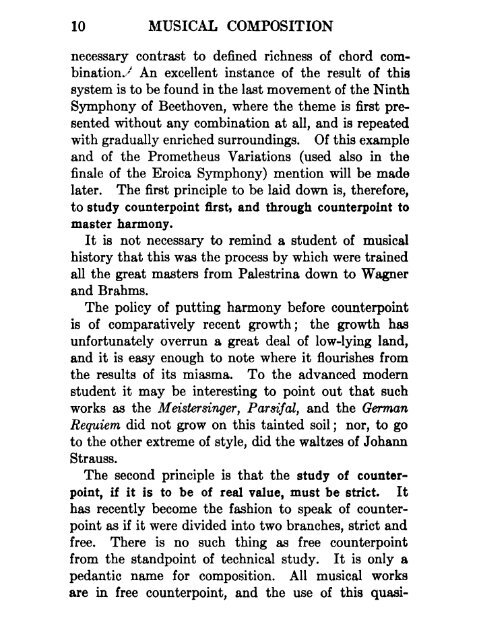
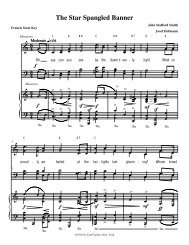
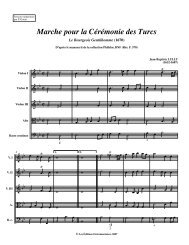
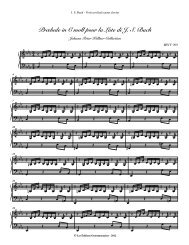
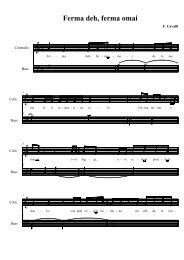
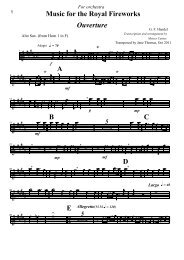
![Finale 2008a - [PENTACORDIOS Y ESCALAS]](https://img.yumpu.com/31639986/1/184x260/finale-2008a-pentacordios-y-escalas.jpg?quality=85)
